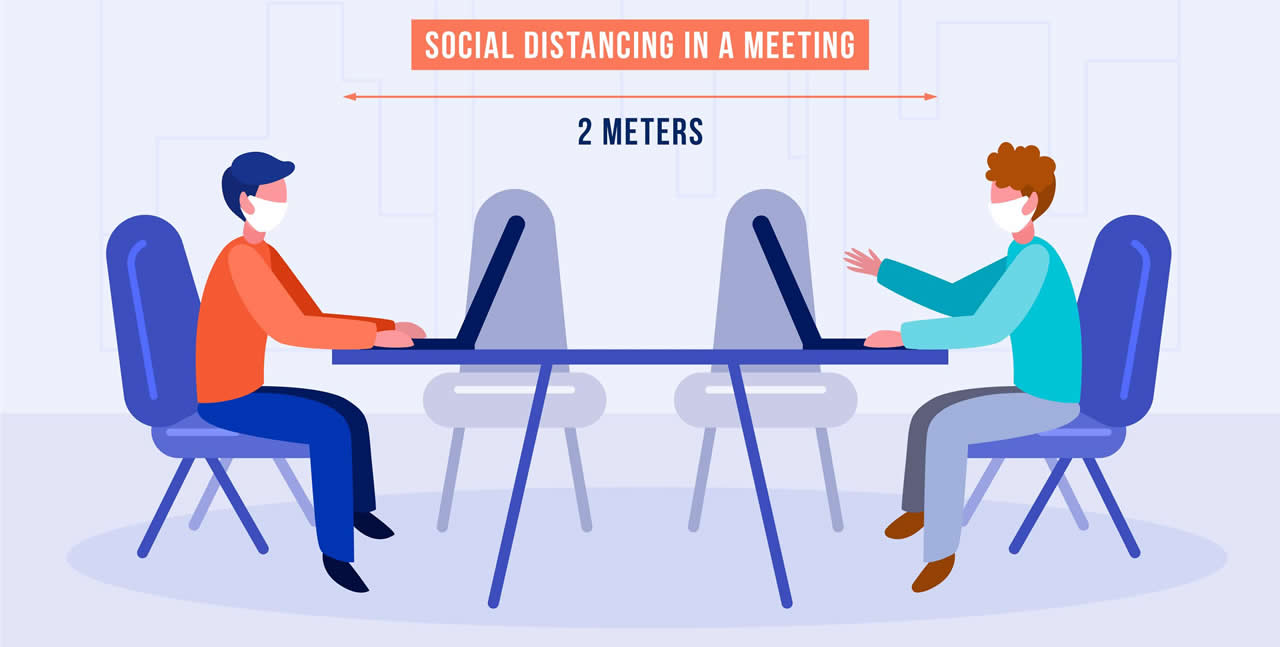We now live in a time of great uncertainty and anxiety. When information is unavailable or inconsistent, we feel anxious. We look to our leaders for guidance.
So, as COVID-19 disrupts our usual way of doing business, we have an opportunity to evaluate how we communicate with our employees.
Effective communication is what’s needed to support the everyday needs of employees, managers, and even leaders, especially in times of crisis.
There is no getting around it, COVID-19 and lock down orders present leaders with complicated challenges with no easy answers. Those leaders rely on you in your human resources role for communication direction on issues like public health, workplace safety, and business continuity.
They will look to you for answers on how to talk to employees who are ready to move into the “new normal” and to those who are not yet ready, still feeling uncertain and worried.
Take a breath.
You’ve got this.
Because the good news – the usual ways we effectively communicate – work, even in crisis.
Only 46% of employees think the communication they receive is open and honest. But they are 12x more likely to be engaged when it is.
Research shows that even under normal circumstances, employees feel under-informed.
Don’t just refer employees to government and media outlets for information. It is overwhelming, confusing, and sometimes inconsistent. Employees depend on human resources and their leaders as trusted sources of information. When delivering your message, be truthful and as complete as possible.
Be transparent. If you can’t share information with them due to confidentiality, let them know. They’ll appreciate your honesty, even if you don’t have all the pieces. If the message doesn’t come from you, people will fill in the information with speculation or rumors.
To convey crucial information, keep messages simple, to the point, and actionable.
Embrace human resource’s involvement
Be in the loop from the start. You are the voice of the organization – the messenger between upper management and employees.
In turn, equip middle managers. Provide talking points to help deliver consistent messaging. Let them know what can and can’t be shared and how to respond to or where to direct employee questions.
Clear, consistent, and genuine interaction opens the lines of communication between human resources, middle and upper management, and employees. Talk to your employees – don’t only just give information.
When you take the initiative to talk (even if it is just small talk), you create a positive comfort level. Other times offer opportunities to explain what’s expected of them and their performance. The only time you talk with employees shouldn’t be for performance reviews or negative comments.
Encourage two-way feedback. It’s important for employees to feel comfortable sharing questions and concerns. When you listen to what employees say, your message is that their opinions matter.
Show compassion
Tensions can run high during a crisis. Maintaining a personal element in your communications helps build trust.
The goal of crisis communications is to:
- quiet nerves
- share information
- provide resources
Don’t forget that people are more than just employees. Provide guidance to parents and caretakers around time off and well-being resources. Those using public transportation to commute may have unique needs. Be aware of employees who feel isolated by forced remote work. Don’t be afraid to ask how they are doing on a personal level.
Apply efforts to communicate to all employees consistently. Your intentions are the same but tailor your strategies to individuals. For example, quiet employees may be less open to your efforts to participate publicly. But respond better in a more private setting. Others may thrive in online meetings but feel isolated by remote work.
COVID-19 communication versus basic work communication
Right now, it seems like all your communication is virus communication – stand six feet apart, frequent hand washing, facemasks when unable to social distance. . . And because the situation around the virus is changing so fast, your employees wonder if your policies are changing too. It’s important to let employees know of any changes or impacts to the company, their work, or benefits.
But how do we have basic work communication?
The usual way we communicate expectations – but differently.
Still send emails. Still hold meetings.
Face-to-face conversation (video) is still the best way to interact. When it comes to work talk, clearly explain what’s expected of them and their performance. If an employee has trouble adapting to new work conditions, ask questions that help identify the problem. For example,
- Tell me your understanding of your expectations.
- What do you feel is keeping you from meeting your expectations?
- How can I help you meet expectations?
Talk to your people. Talk about projects. Have small talk. All can help build relationships of comfort and trust. Communicate early. Communicate often. Then when stress runs high (in times of crisis or not), you can deliver your message in a way they’ll understand. And, if an employee is struggling, they are more apt to come to you for help.
Summing it all up
COVID-19 is disrupting our usual way of doing business. But it doesn’t have to disrupt our usual ways of communicating. Because the usual ways we effectively communicate – work, even in crisis.
Disclaimer
This article shouldn’t be construed as legal advice. If you have detailed questions, they should be addressed directly with your labor and employment attorney.

